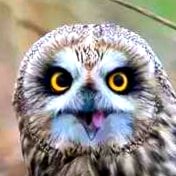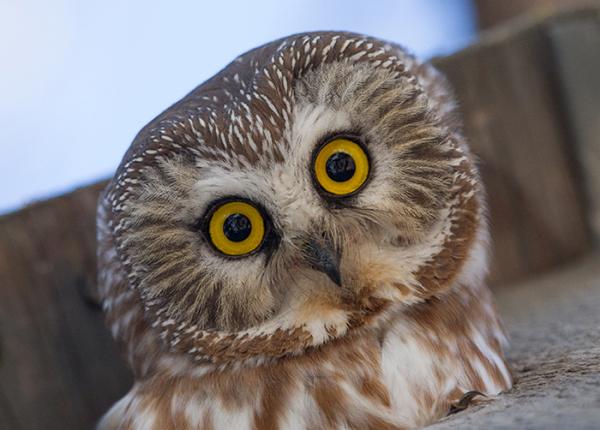Photo by Faruk Kizil
Habichtskauz auch Uralkauz
Das Bild entstand an einer Futterstelle beim Falkner in den Niederlande.
Ural owl (Strix uralensis)
The picture was taken at a feeding place of a falconer in Netherlands.
One of the given translations called this Habich’s Owl, so I tried to find out who Habich was. Took me way too long to figure out Habich was not a person, it means goshawk in German. The German wiki entry had a lot of info the US one didn’t though.
The species is referred to as Slaguggla, or “attacking owl”, in Swedish, Habichtskauz, or “goshawk-owl”, in German or as the “long-tailed owl” in Russian.
Attempts to re-introduce the owl have been partly successful in the German-Austrian-Czech border region (Bavarian Forest , Bohemian Forest , and Šumava), and most recently in the Vienna Woods.
Austria seems to have a difficult time with the project as people keep shooting them. 🙄


According to German Wikipedia, the Rauhfußkauz has its name from its feathered feet. But it isn’t the only one, as e.g. the Snowy Owl also has this feature.
I would have named him over that big round head. Trying to look up any direct translation to German for “big-headed” all seem to translate to mean arrogant rather than a physical feature. The closest I found is another bird, Brauenbreitschnabel, which says it means “Broad Headed Beak” but I don’t think that looks to have a particularly large head, so I don’t know if that is correct either.